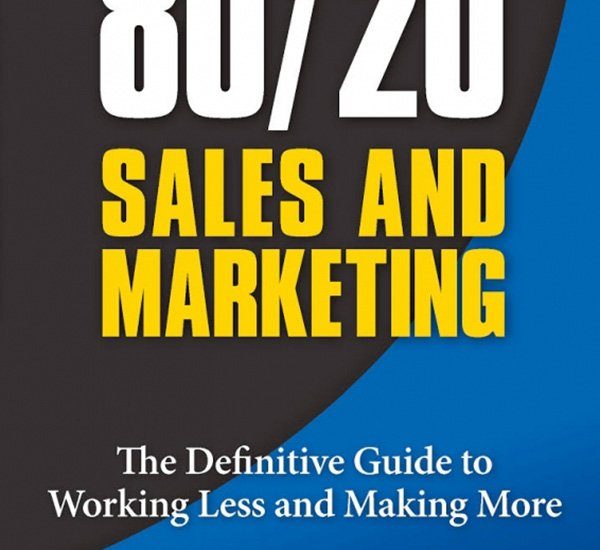There are three crucial Google AdWords checks you should do regularly that ensure your pay-per-click (PPC) campaigns remain healthy.
1. Ongoing management: checks.
This part of managing accounts is relatively easy to carry out and is essential if the rest of your AdWords work is to be effective. There are three things you want to measure in this step:
Conversion tracking
The first step to any success in any business system is deciding what measurement is going to tell you that your business is, in fact, running like it should. Setting up conversion tracking is simple, but it’s also easy for things to break down. If you’re using code on key pages to measure conversions, check regularly to be sure the code is still present and installed correctly.
Also, check the conversion process itself to ensure no glitches have cropped up. Working tracking code on your “thank-you” page is pointless if the lead-capture form is broken. Make sure these pieces of your funnel are installed and functioning.
Campaign settings
The settings inside your AdWords account aren’t likely to change without your noticing. But, don’t take this for granted, especially if you’re not the only person administrating your campaign. Keep a written record of your settings and occasionally check them to be sure nothing’s been moved, adjusted, paused or unintentionally reset.
Landing pages
Start by looking for obvious glitches such as broken formatting or dead links. Then take a high-level view and ask whether you’re matching the right landing page to the right ad copy. Does what you promise in the ad get delivered in the landing page? Is the connection between the two obvious to the visitor? Is there a better landing page you could be using?
Related: Set up Your Google AdWords Campaign in 9 Steps
2. Ongoing management: optimizing.
“Outliers” is a term made popular by Malcolm Gladwell’s book Outliers: The Story of Success. It refers to fringe elements that, in some way, behave differently than everything else. The “outliers” in AdWords are the campaigns, ad groups, keywords, ads or placements that perform significantly better — or significantly worse — than everything else.
You could spend your time optimizing every last element of your PPC campaigns, but that’s not smart. Go for your outliers first. The goal is simple: Increase the good outliers, and decrease or fix the bad ones. If you have a particularly high-performing keyword, for instance, you might want to raise the bid and get more impressions, clicks and conversions. If you have a poorly performing keyword, try lowering the bid or even removing it from the campaign altogether.
Before you reach for the “nuke” button, however, ask whether you can improve the bad keyword by writing a better ad or building a better landing page for it. Sometimes your worst player can turn into your star player.
Related: Free Tools for Improving Your Website’s Performance
3. Ongoing management: expansion.
Once your AdWords account is well-optimized, think expansion: more impressions, more clicks and more conversions. With PPC, you can never have too much of a good thing.
There are a number of different ways you can expand an account.
Richer, thicker search campaigns
- Start with new keywords. The search query report is a goldmine for this information. (To access this, look under the Dimensions tab, and in the “View” drop-down box, select “Search Terms.”) This shows you the actual search terms people typed in that Google chose to show your ad for. Look for common phrases that aren’t yet in any of your ad groups. Add them in.
- Look in the Opportunities tab for Google’s list of additional keyword suggestions. This section is useful for finding new ideas, but beware: Don’t be too quickly sucked into Google’s insistence that the best thing you can do is increase your maximum bids. There’s a time and place to raise bids. Don’tdo it in kneejerk response to Google’s pestering.
- Pay regular visits to Google’s Keyword Planner. We also recommend third-party applications like SpyFu, SEMrush and WordStream. Go digging there on a regular basis to find new keyword ideas.
- Try aiming for the top positions. When your ad moves to the top of the page above the organic results, the positive difference in click-through rate (CTR) is massive. Use your “Top vs. Other” report to see this spelled out in hard numbers.
Display campaigns with vibrant ads that show everywhere
- Never assume that the performance of your display campaign ads has hit its ceiling. Keep testing new ads, especially image ads and try to beat your best CTR. You can often get a quick win just by testing a vibrant new image or a new headline.
- If you’re using a managed placement campaign, look around for new sites where you can feature ads. If you’re using contextual targeting, look for new keywords or topics you can introduce that will expand the range of sites where your ads can show.
- Experiment with different targeting methods. If you’re only using managed placements, give contextual targeting a try and vice versa. And if you’re not using remarketing, this should be at the top of your idea list.




